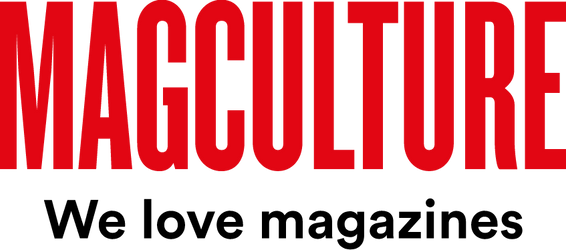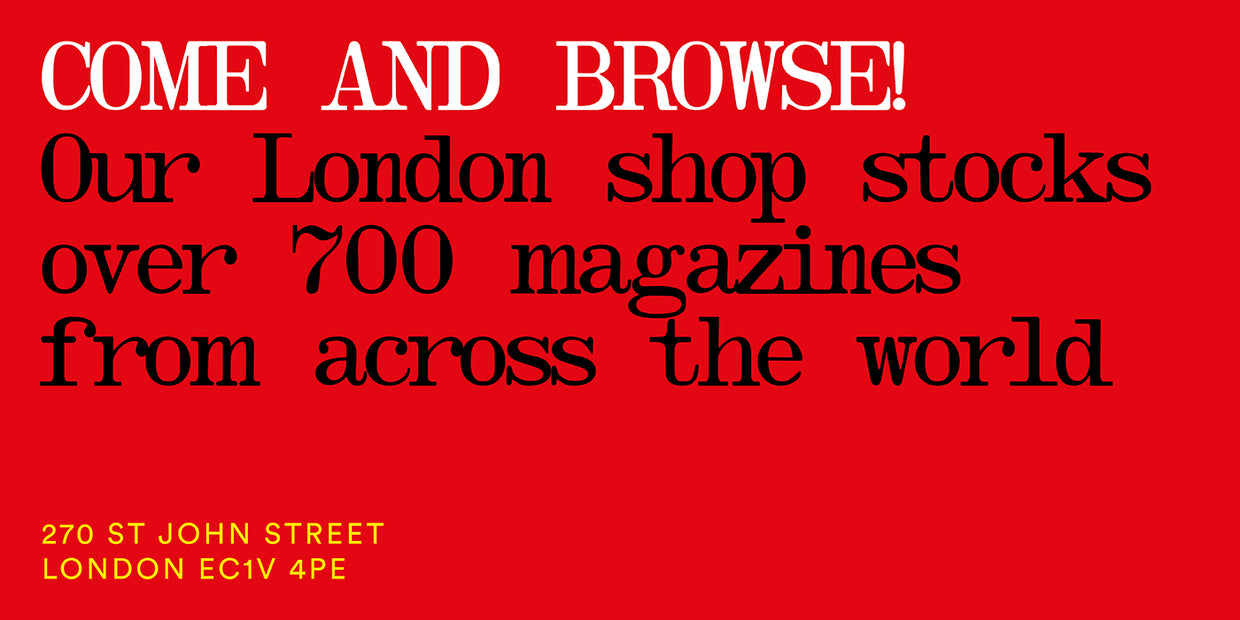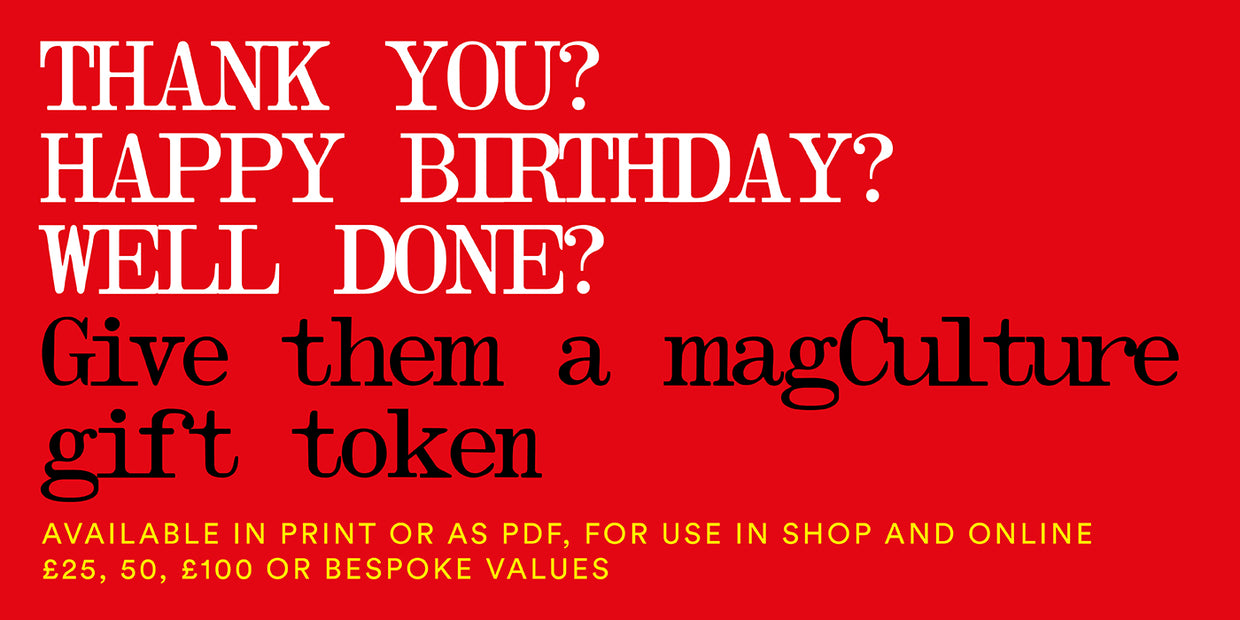
Matthew Whitehouse, The Face
When The Face relaunched in 2019 it was a surpise to many, including us at magCulture; why bring back such an iconic title 15 years after its demise? Yet three years later it’s established a new role for itself online and in print.
Editor Matthew Whitehouse joined from i-D for the relaunch, and became editor in 2020. He talks about his working week and the mix of digital and print content the team produce.

What are you up to this morning?
I’m at The Face office in Islington. I tend to go in almost every day now. It’s just nice to get out of the house after the last couple of years, isn’t it? Like everyone, we did a stint at home. It obviously came with challenges. That blurring of work and life. Video call fatigue.
The first lockdown was only six months after we relaunched the mag, so there was pressure. But it did make us tighter as a team, as glib as that might sound.

Describe your desk and your work space.
I have the latest issue of Buffalo Zine to my left, as well as the new i-D book and a copy of Paul Gorman’s ‘The Story of The Face’. To my right is a takeaway coffee cup, a Beatles notebook (that my lovely neighbours gave me for my birthday), and a fluro yellow Caran d'Ache pen. I have a pile of Post-It notes from when we made the latest issue and when I look out of the window I can see St Paul’s in one direction and the London Eye in the other.

Which magazine do you first remember?
The Beano. I got it weekly from John Martin’s newsagents in Torrisholme. My favourite was Calamity James, which was always slightly weirder than some of the other strips. I think a lot about the sort of fourth wall-breaking looks-to-camera it would do while we’re making The Face.

Which magazine matters to you the most this morning?
Vanity Fair, which I subscribe to and love reading every month. I always pick up 032c, which somehow manages to be as warm and as inviting as it is cool and cutting edge. And i-D, which I spent five very formative years at before joining The Face, and learnt a huge amount. I’m really enjoying The Fence, too. We had them write a report from Frieze for us a couple of issues ago.
 The Face #39, Summer 2022
The Face #39, Summer 2022
Describe The Face in three words.
Fandom in excelsis!
 The Face #39, July 1983
The Face #39, July 1983
The magazine has an illustrious heritage; how much did you take from the original magazine, how much is new?
I hope we capture something of the spirit of the original, more than getting overly bogged down in specifics. I do constantly look back at the archive, to check that we're on the right path.
And do I take incredibly seriously that we are guardians of this thing that people have cherished memories of. Very seriously. But I also think we need to stay in the now as much as possible. And I hope that if I look at the current Face in 20 or 30 years that I think it’s a load of nonsense that was better in my day! To some extent, whoever’s making it will be doing a good job, if I do.
 The Face homepage, May 2022
The Face homepage, May 2022
Describe the overall programme—the mix of print and digital and how each works together.
Well, digital is obviously an everyday occurrence and I think you develop an instinct for what makes a print story and what makes an online one. We reach huge numbers online very quickly, and have a really high ‘hang time’ in terms of how long people stay on the site, which is great.
In fact, I imagine some people only think of us as a site. Some probably only as an Instagram account. Some, even, as a TikTok page. They’re each hugely significant parts of the business in a commercial sense, something that was only accelerated by the pandemic. But I think the magazine gives us focus. It’s like The Face cooking stock. What we do, reduced down to its most potent form.

Please share one hero story that sums up the new Face.
Last year’s cover story on NQ ,written by The Face music director Davy Reed, photographed by Oliver Hadlee Pearch and styled by The Face fashion director Danny Reed. It was, ostensibly, a story about an independent Manchester record label. But through it, we managed to weave in austerity, HS2, the failure of the Northern Powerhouse, and the treatment of the North in the coronavirus pandemic.
Those are the kind of features that make me proud. Using small stories to communicate big ideas.

Share one piece of advice for somebody wanting to launch their own publication.
Trust your instincts. And doubt your instincts. It keeps you honest.
What are you most looking forward to this coming week?
Releasing our summer issue, which allows you a brief moment of back-patting, before remembering you already have a looming deadline for the next one.


